Don’t buy an external SSD. Make your own for cheap instead!
Have you ever been in a situation where your PC was almost out of storage space? Or you needed to transfer lots of big files between machines? It’s a tough spot to be in if you aren’t prepared.
For many, the simplest solution is to grab some external storage, whether that’s a USB flash drive or — for data-heavy operations — an external drive. Indeed, portable SSDs have gotten pretty popular in recent years, promising loads of space and fast speeds in a convenient form factor. If you’re set on buying one, get one of our top picks for external drives.
But many portable SSDs are actually a pretty raw deal when you get down to it. Not only does the convenient form factor limit what you can do with the drive, but the storage is often of a lower class and marked up.
You’re better off just putting together your own external SSD. And don’t worry! It’s not even that difficult. Here’s why you should give it a shot and how to put one together yourself.
The perks of a DIY external SSDThere are lots of premade external SSDs on the market, but your options are way more diverse if you just go the home-brewed route. You can choose your ideal capacity, size, connection protocol, and appearance (thanks to the wide variety of SSD enclosures available).
Mark Knapp / Foundry
With a DIY external SSD, you also get the freedom to repurpose one of your existing SSDs or take the drive apart when you’re done with it to reincorporate the SSD back into, say, your PC or gaming console.
Plus you’ll likely save a lot of money by DIYing your own external SSD. Large-capacity PCIe drives are available at surprisingly low prices. Take this 2TB Silicon Power US75 for $103, and that’s not even a slow one. It’s rated for 7,000MB/s read speeds and 6,500MB/s write speeds! Meanwhile, the 2TB SK Hynix Beetle X31 costs $170 and only has a rated throughput of 1,050MB/s.
Silicon Power
To be fair, no current drive enclosure will let you take full advantage of the Silicon Power US75’s speeds. (USB4 and Thunderbolt 4 max out at 40Gbps, which is only 5,000MB/s.) But whereas the SK Hynix Beetle X31 will always be capped at 1,050MB/s, you could build an external SSD with the Silicon Power US75 with a USB4 enclosure and enjoy its high throughput now, then swap it into a USB5 enclosure later.
How to make your own external SSDIt’s a lot easier to make your own external SSD than you might think. You don’t need much experience or any special tools.
First, get yourself an SSD. Avoid 2.5-inch SATA drives, which are affordable but older, larger, and slower without being that much more cost-effective than NVMe drives. (If you don’t know what to buy, check out our best SSD recommendations.)
You don’t need to worry about getting the fastest drive, by the way. The speed will likely be bottlenecked by the enclosure, anyway. But if you want a future-proofed drive, our favorite PCIe 4.0 SSD is the 2TB Solidigm P44 Pro. There’s also the 2TB WD Blue SN5000 for a more budget-friendly pick. And if you need compatibility with older machines, the 2TB Crucial P3 is a solid choice for a PCIe 3.0 SSD.
Solidigm P44 Pro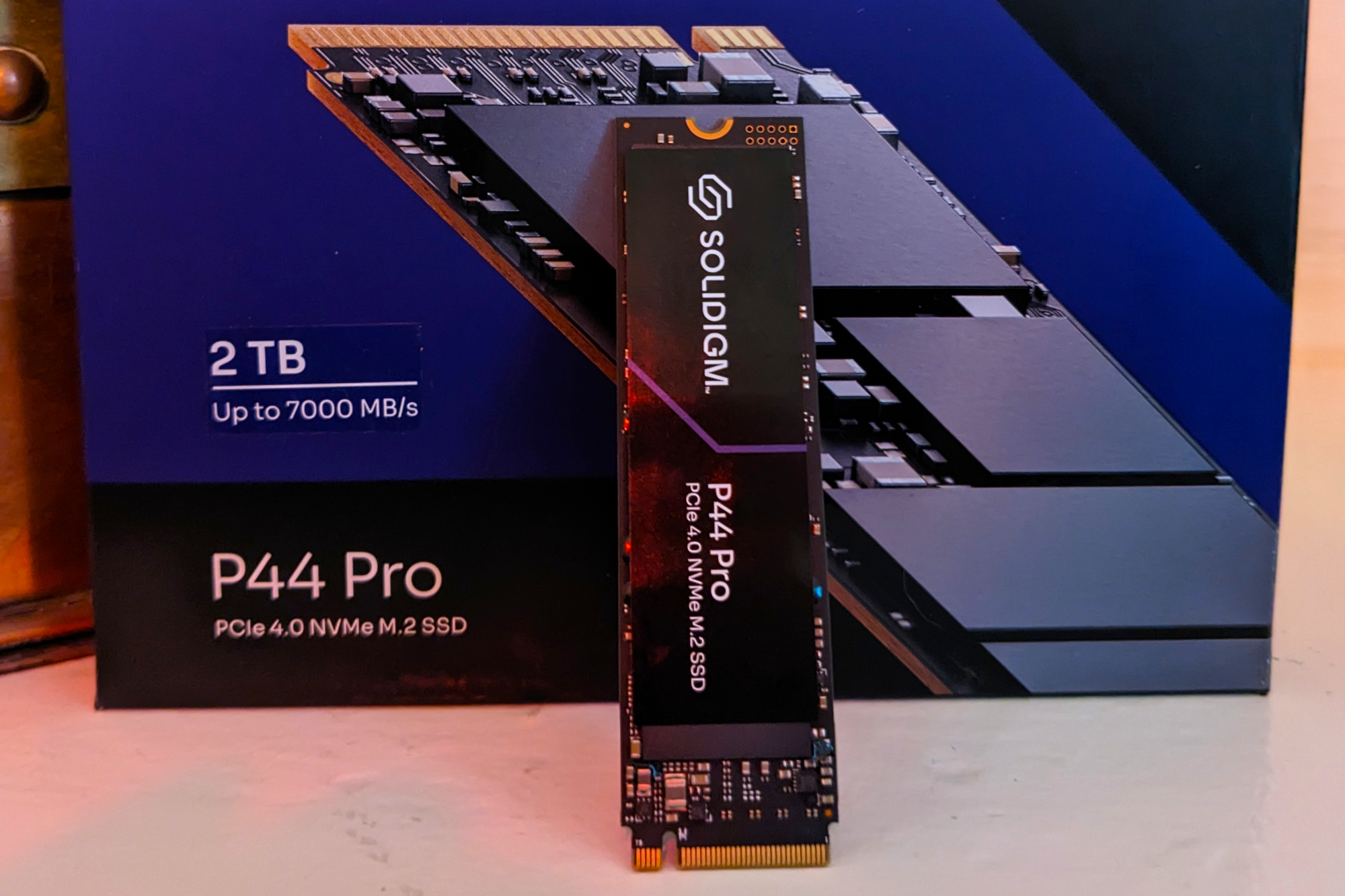 Price When Reviewed:
512GB: $79.99 I 1TB: $129.99 I 2TB: $219.99
Best Prices Today:
$129.85 at Amazon |
$266.99 at Walmart |
Not Available at Adorama
WD Blue SN5000 NVMe SSD
Price When Reviewed:
512GB: $79.99 I 1TB: $129.99 I 2TB: $219.99
Best Prices Today:
$129.85 at Amazon |
$266.99 at Walmart |
Not Available at Adorama
WD Blue SN5000 NVMe SSD
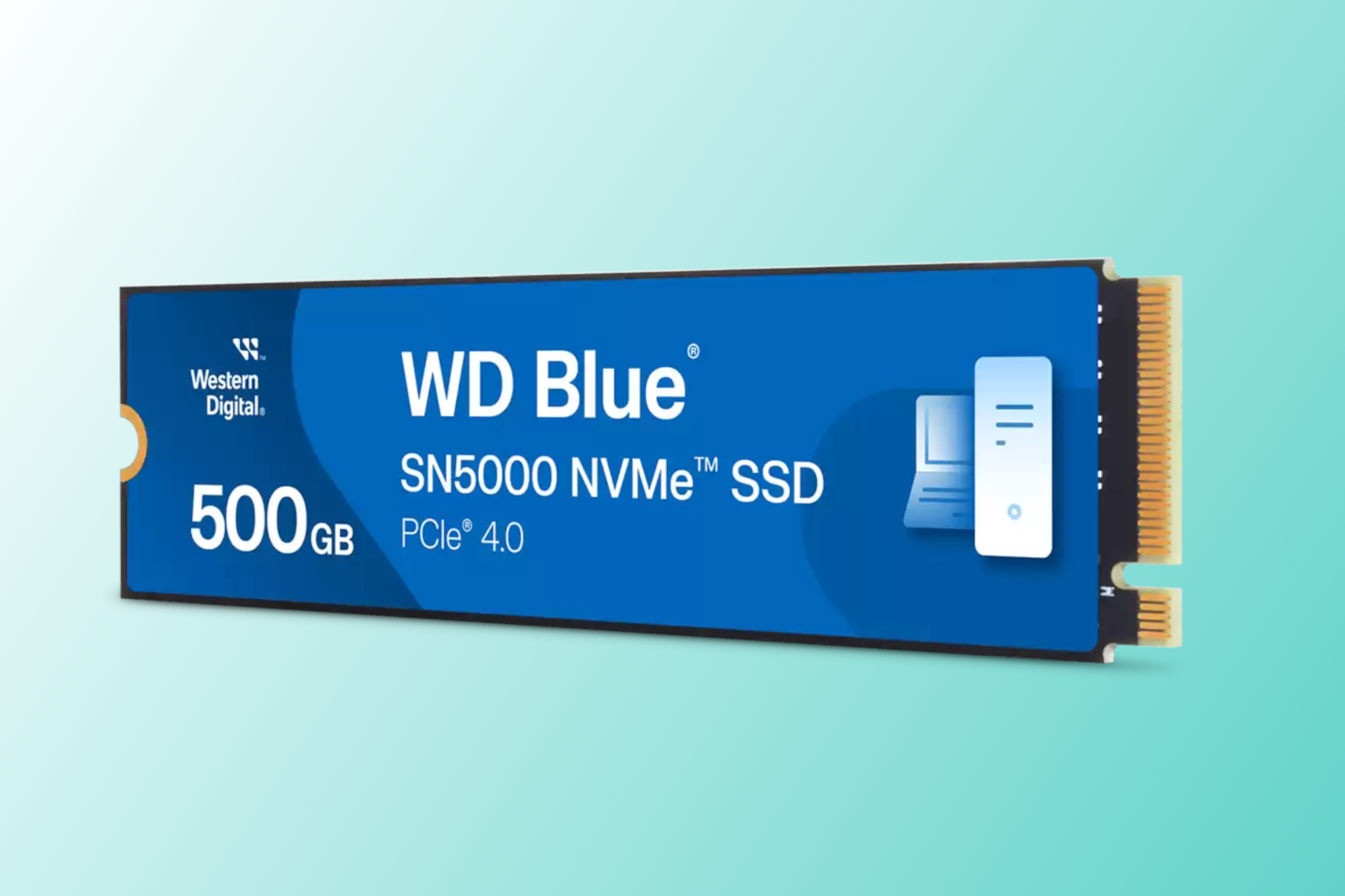 Price When Reviewed:
500GB: $80 I 1TB: $90 I 2TB: $150 I 4TB: $290
Best Prices Today:
$44.99 at Amazon |
$44.99 at WD |
$229.99 at Walmart
Crucial P3
Price When Reviewed:
500GB: $80 I 1TB: $90 I 2TB: $150 I 4TB: $290
Best Prices Today:
$44.99 at Amazon |
$44.99 at WD |
$229.99 at Walmart
Crucial P3
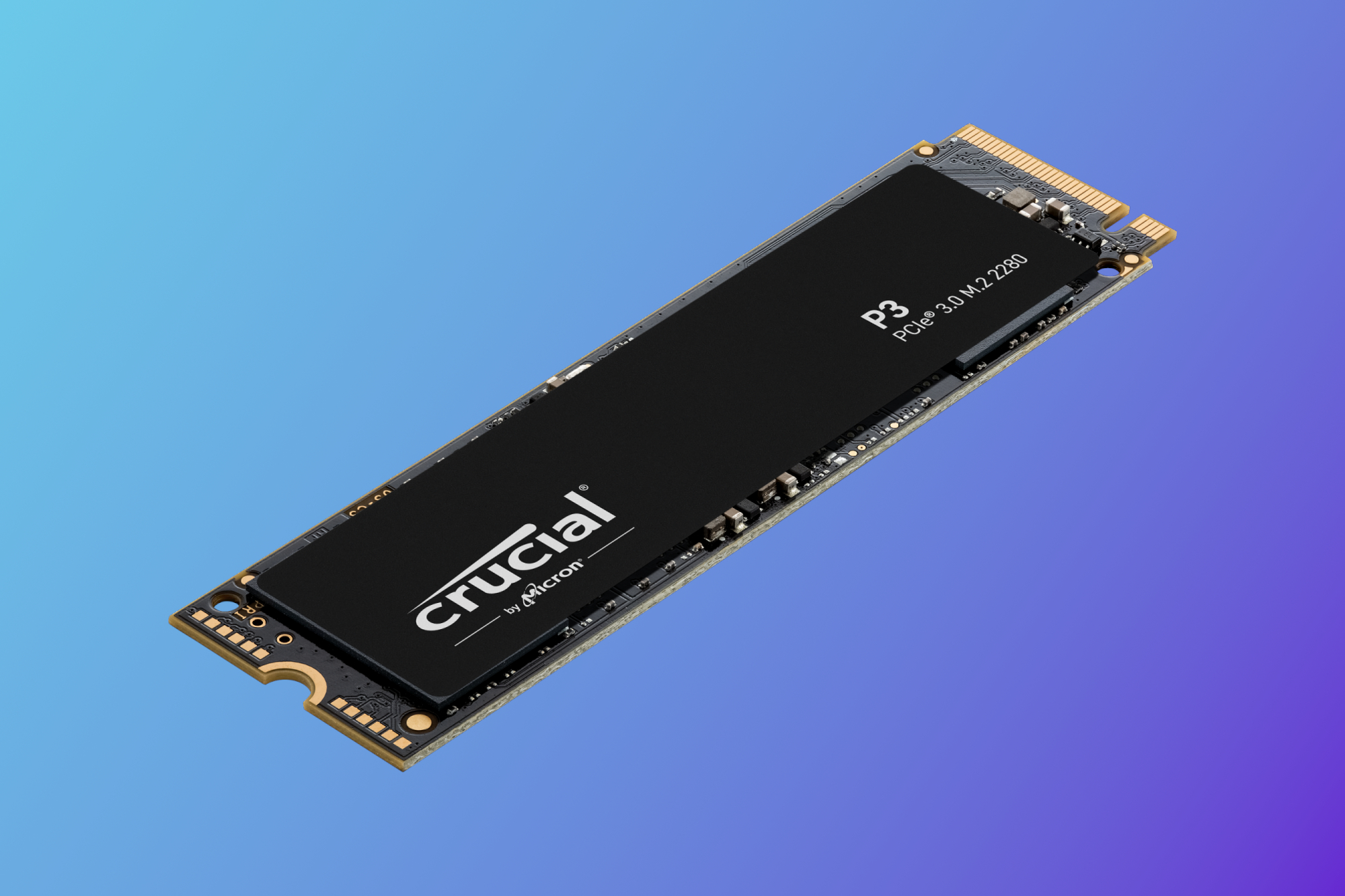 Price When Reviewed:
500GB: $50 I 1TB: $90 I 2TB: $200 I 4TB: $250
Best Prices Today:
$37.50 at Amazon |
$44.99 at Adorama |
$84.99 at Walmart
Price When Reviewed:
500GB: $50 I 1TB: $90 I 2TB: $200 I 4TB: $250
Best Prices Today:
$37.50 at Amazon |
$44.99 at Adorama |
$84.99 at Walmart
Once you’ve picked your SSD, you can start looking for enclosures. The enclosure will have a big impact on the SSD’s performance, so make sure you get one that’s compatible with your drive.
We recently tested the Ugreen CM642 enclosure, which is on the pricier side but offers fast USB4 and Thunderbolt 4 connectivity. (I’ve actually gone hands-on with the Ugreen CM642 plus my own Silicon Power US70 and Corsair MP400 drives, which you can read about below.) Alternatives with USB4/Thunderbolt 4 support include this Cable Matters 40Gbps enclosure and this Orico 40Gbps enclosure.
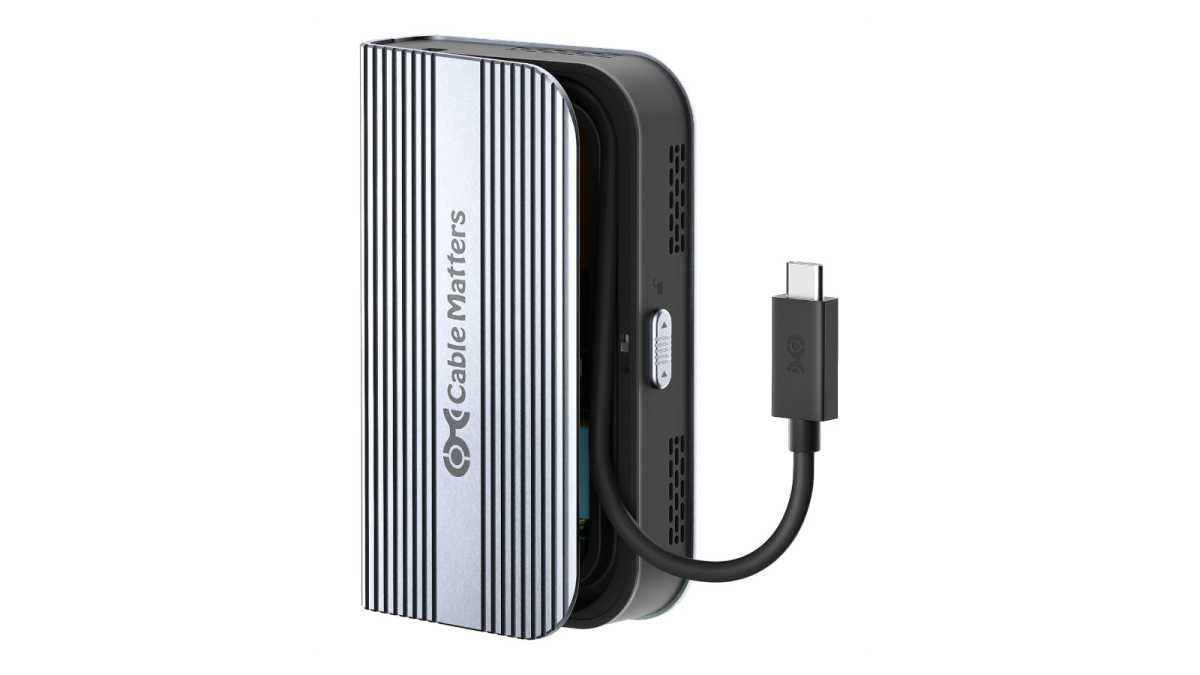 If you want a super-fast DIY external SSD, consider a USB4/Thunderbolt 4/Thunderbolt 5 option like this Cable Matters 40Gbps SSD enclosure. It’s relatively affordable for what it offers and it comes with active cooling to keep your drive temperatures safe.
If you want a super-fast DIY external SSD, consider a USB4/Thunderbolt 4/Thunderbolt 5 option like this Cable Matters 40Gbps SSD enclosure. It’s relatively affordable for what it offers and it comes with active cooling to keep your drive temperatures safe.Cable Matters
While these USB4/Thunderbolt 4 enclosures fill in the higher end of the market, there are plenty of cheaper options as well. I personally have the Orico TCM2, which is a slower 10Gbps enclosure but currently available for $25. An even cheaper option is this Ugreen 10Gbps enclosure.
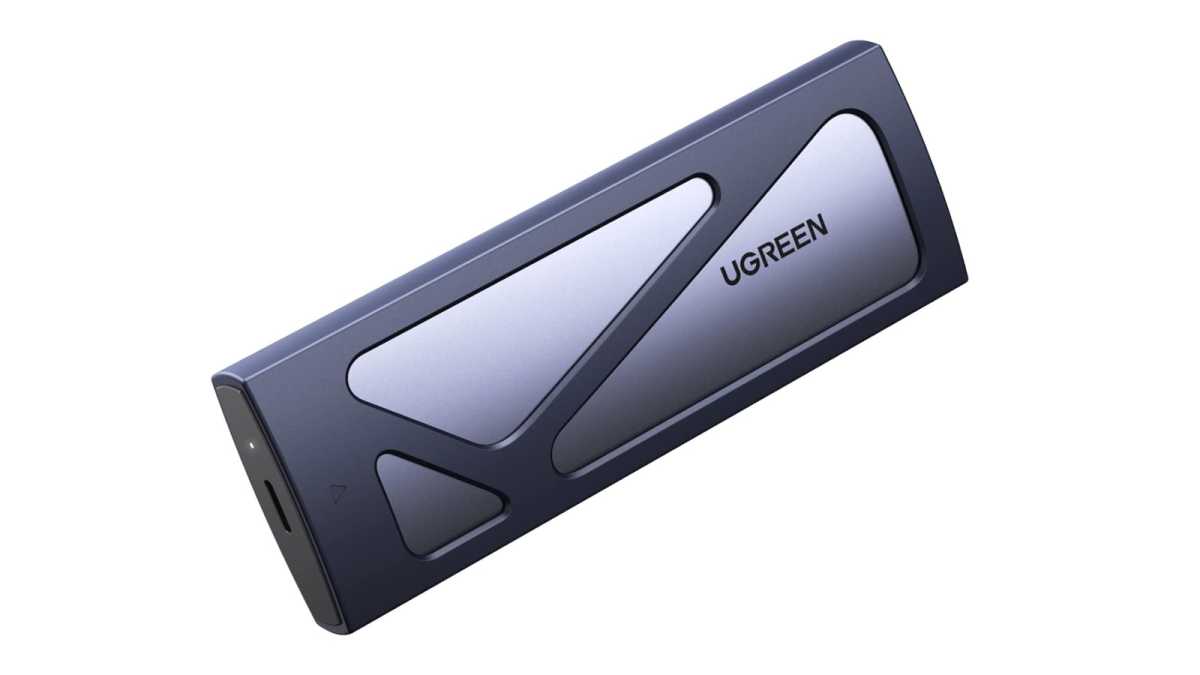 If you want to spend as little money as possible, this Ugreen 10Gbps SSD enclosure is a solid pick. It supports various M.2 sizes up to 8TB, comes with USB-C and USB-A cables, and is compatible with Windows, macOS, Linux, Android, and iOS.
If you want to spend as little money as possible, this Ugreen 10Gbps SSD enclosure is a solid pick. It supports various M.2 sizes up to 8TB, comes with USB-C and USB-A cables, and is compatible with Windows, macOS, Linux, Android, and iOS.Ugreen
Once you have an SSD and an enclosure, you just have to assemble them — and the enclosure should come in instructions for that.
Assembly will likely mean popping open the enclosure, maybe removing a screw in the process, then following the standard SSD installation process. Once the drive is in, close it up by reversing the opening process and you’re good to go! (Some SSDs may require formatting before you can use them, but that’s also a simple process.)
The results speak for themselvesHow much can you really save with a DIY external SSD? With a 2TB SK Hynix Beetle X31 ($170 value) on hand, I pitted it against a few different DIY external SSD combos. Here were the challengers:
- 2TB Silicon Power US70 ($103 value) + Ugreen CM642 enclosure ($110 value) = $213 total value
- 2TB Silicon Power US70 ($103 value) + Orico TCM2 enclosure ($25 value) = $128 total value
- 2TB Corsair MP400 ($255 value) + Ugreen CM642 enclosure ($110 value) = $365 total value
- 2TB Corsair MP400 ($255 value) + Orico TCM2 enclosure ($25 value) = $280 total value
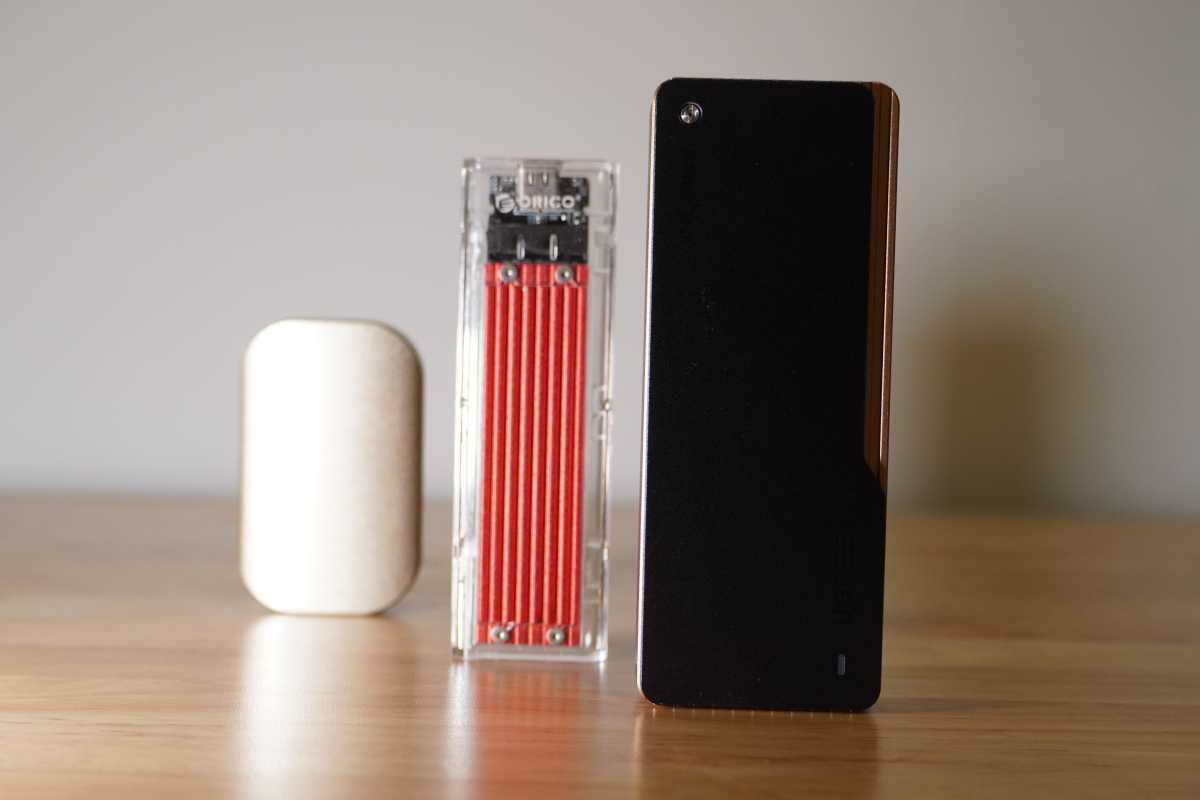
Mark Knapp / Foundry
I tested the SK Hynix Beetle X31 against these drive-plus-enclosure combos using CrystalDiskMark 8. Here’s what I found:
- The SK Hynix Beetle X31 lived up to its ratings, hitting sequential read speeds of 1,050MB/s and sequential write speeds of 1,042MB/s. But that was all it had going for it.
- The Silicon Power US70 in the Ugreen enclosure hit 3,732MB/s read speeds and 1,614MB/s write speeds. The Corsair MP400 in the Ugreen enclosure also let it rip, reaching up to 3,046MB/s read speeds and 1,000MB/s write speeds.
- The Silicon Power US70 in the cheaper Orico enclosure still hit 1,016MB/s read speeds and 1,045MB/s write speeds, while the Corsair MP400 hit 1,048MB/s read speeds and 1,007MB/s write speeds. Both match the SK Hynix Beetle X31’s performance despite running within dirt-cheap enclosures.
Note: The drives I tested are a bit dated, so you should easily be able to find alternatives that are faster and/or cheaper. For example, the 2TB WD Blue SN5000 in the same Orico enclosure would have similar performance and only cost $114 + $25 = $139. You can also size down to 1TB or 512GB drives if you want to spend even less.
With so many different drive and enclosure options, you can find a solution that’ll work for you at your ideal price. And with how easy these drives and enclosures are to set up, anyone can do it. Honestly, the hardest part is deciding on which parts to get!
Further reading: Portable SSDs are great for more than just backups
